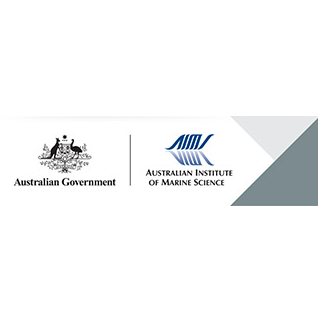Full description
Reefs in the Lihou Reef National Nature Reserve (NNR) were surveyed between 8-13 October 2004 in order to assess the effects of significant coral bleaching, which was observed during previous surveys in March 2004.A series of six video tows were conducted at depths between 45m and 60m, in the lagoon area of Lihou Reef NNR and also to the north of Anne Cay. A computer-based application, allowing keyboard classification was used to analyse the video tapes. Habitats were classified based on the substrata (3 categories) and overlying epibenthos (6 categories) viewed on the tapes.Towed underwater video (Towvid) was used to survey previously unsurveyed deeper waters of the Lihou Reef National Nature Reserve (NNR), for the presence of coral communities and to establish the extent of bleaching at depth.
The Lihou Reef National Nature Reserve (NNR) is one of two protected areas in the Coral Sea region. The reserve is located in the Coral Sea 400 kilometres east of Townsville, Queensland. It was proclaimed on the 16th August 1982 under the National Parks and Wildlife Conservation Act 1975.The Coringa-Herald National Nature Reserve and Lihou Reef National Nature Reserve Management Plan states that both reserves are to be managed as strict nature reserves - World Conservation Union (IUCN) Category 1a - strict nature reserve. Such reserves are managed primarily to ensure habitats, ecosystems and native species are preserved in an undisturbed state as well as to facilitate research.
Lineage
Maintenance and Update Frequency: notPlannedNotes
CreditSpeare, Peter J, Mr (Principal Investigator)
Modified: 19 09 2025
text: westlimit=151.5495; southlimit=-17.5606; eastlimit=151.8938; northlimit=-17.366
An assessment of effects of a coral bleaching event at Lihou Reef National Nature Reserve, October 2004: Oxley WG, Emslie MJ, Osborne K and Speare PJ (2005) An assessment of effects of a coral bleaching event at Lihou Reef National Nature Reserve, October 2004. Australian Institute of Marine Science and Department of the Environment and Heritage. 38 p.
local : articleId=6954
global : e6a66520-e9b1-11dc-823c-00008a07204e
- global : a8c43a0c-3e5d-4371-9c49-e26df717ebae


